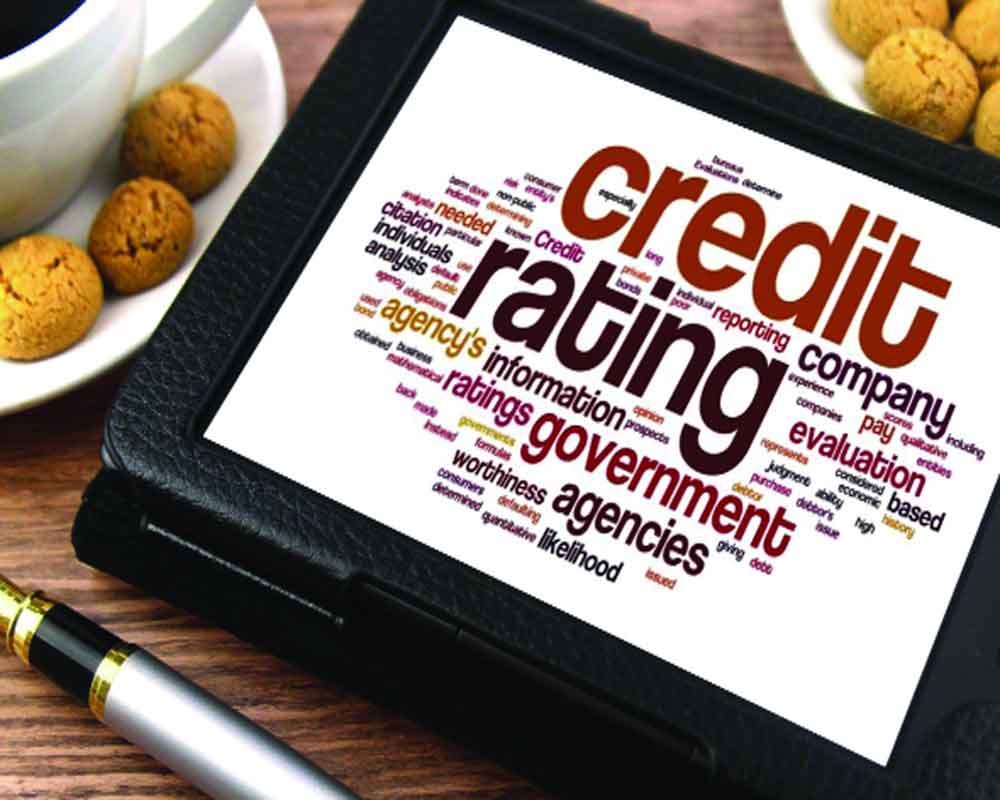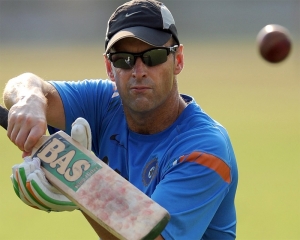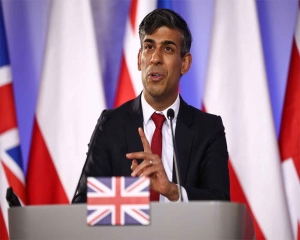It is certainly high time for credit rating agencies to make their methodologies completely transparent, consultative and objective so that they accurately reflect the true picture
Despite rising to become the world’s fifth-largest economy from 12th position in the last 15 years (2008-23), with the second-highest growth rate recorded during the period among all peers, India’s economy has remained stuck at the lowest investment grade, albeit with a stable outlook, assigned by the international credit rating agencies (CRAs) – that is, BBB- by Fitch and S&P, and Baa3 by Moody’s. While an investment grade implies that low default risk on loan repayment, a lower rating, called a “speculative grade” signifies a high risk of default. The remarkable economic rise of India and its growing international heft have made no difference to the CRAs. As the first essay in a recently released collection titled “Re-examining Narratives: A Collection of Essays” by the Office of the Chief Economic Advisor stresses, CRAs need to reform their sovereign rating process to correctly reflect the default risk of developing economies, thereby saving them billions of dollars in funding costs crucial for development.
CRAs predate the Bretton Wood institutions of the World Bank and the IMF; they analyse the creditworthiness of governments and assign them “sovereign ratings” which provide indicators to investors around the world about the “ability” and “willingness” of governments to repay debts. These, in turn, determine their ability to borrow from global lenders and the corresponding interest rates. A good rating makes borrowing cheap and also attracts foreign investments. Sovereign credit ratings measure not only the overall economic conditions of a country, including the volume of its foreign, public and private debt and investment, transparency of the capital market and forex reserves but also assess the overall political stability and the economic stability a country will maintain during political transitions. These are subjective assessments and the methodologies used by CRAs are opaque, to say the least.
CRAs are like sundry Western agencies, both governmental and non-governmental, some of them with questionable credibility and capacity, who take it upon themselves the task of ranking countries on issues ranging from democracy, governance, corruption, freedom of speech, freedom of religion, gender parity, human rights, openness of governments, etc., using samples which are often too small, or opinions of “expert” whose selection processes remain couched in complete opacity. They use processes that lack objectivity, methodologies that lack transparency and ignore the historical and civilisational characteristics of nations; neither do they consult them about the fairness of their processes. It is cultural colonialism that through these agencies, a decaying West is now trying to impose Western concepts, Western values and Western views upon developing nations whom the West still looks down upon and refuses to treat as equal – it is a ‘superior’ West grading unruly developing nations on its own scales.
If it was just that, there would be inconsequential, but the problem arises because international financial institutions often base their decisions upon these rankings and there are unfair international comparisons on such rankings which are often dubious – to call them ‘unscientific’ would be mild. Things started changing with the rise of China and India. China now treats them with utter contempt despite their loud protestations about its authoritarian system. Now Indians have also started questioning their methods - exposing their weaknesses, contradictions and hypocrisies, and other nations will also join sooner or later. The world today is multipolar and consensus-driven, and must accommodate multiple narratives instead of only Western.
The global credit rating industry is an oligopoly, with only three leading agencies: Moody's, Standard & Poor's and Fitch who rate the countries on “investment grades” from BBB-/Baa3 to AAA/Aaa, or “speculative grades” from BB+/Ba1 to D/C. Typically, to rate a sovereign, CRAs use various parameters that include growth, inflation, government debt, short-term external debt and political stability. Qualitative components contribute significantly to determining credit ratings, and as the CEA Report says, “Institutional Quality, proxied mostly by the World Bank’s Worldwide Governance Indicators (WGIs), emerges as the foremost determinant of a developing economy’s credit rating, which presents a problem since these metrics tend to be non-transparent, perception-based, and derived from a small group of experts, and cannot represent the willingness to pay of the sovereign".
CRAs came under scrutiny and regulatory pressure following the financial crisis and the Great Recession of 2007-09. It was argued that they provided inaccurate positive ratings to mortgage-backed securities giving them the highest AAA ratings, leading to huge quantities of bad investments. They were accused of trying to raise their profits and market shares in exchange for these inaccurate ratings, which triggered the subprime mortgage market collapse that precipitated the financial crisis.
In the USA, the Credit Rating Agency Reform Act of 2006 allowed the US Securities and Exchange Commission (SEC) to regulate their internal processes, record-keeping, and business practices; post-2008, the Dodd-Frank Wall Street Reform and Consumer Protection Act of 2010 enhanced the regulatory powers of SEC further, forcing them to disclose their credit rating methodologies. Others have also brought them under some regulation, like the European Securities and Markets Authority or SEBI in India.
Disclosure of methodologies has not led to improvement either in transparency or objectivity. For example, in the Sovereign Rating Model (SRM) used by Fitch, the factors include quantitative SRM indicators and subjective Qualitative Overlay (QO) indicators. SRM indicators include (1) Structural Features that cover composite governance indicators, GDP per capita, share in world GDP, years since last default or restructuring and broad money supply; together, they carry 53.5 per cent weightage; (2) Macro-Economic Performance, Policies and Prospects which include indicators like real GDP growth and its volatility and consumer price inflation, with a total weightage of 10.1 per cent; (3) Public Finance indicators like gross government debt, foreign-currency government debt, general government interest and general government fiscal balance, with a total weightage of 18.5 per cent and (4) External Finance indicators like reserve-currency flexibility, sovereign net foreign assets, commodity dependence, forex, external interest service, current account balance and FDIs, with 17.9 per cent total weightage.
But these weights again are only “illustrative”, as the agency says, adding another layer of opaqueness to methodology. While the composite governance indicator is based on WGIs which are not free from methodological contradictions, the QO factors are qualitative and depend on the CRA's perceptions of the country; these include indicators like political stability and capacity, financial sector risks, macroeconomic policy credibility and flexibility, GDP growth outlook for five years, macroeconomic stability, fiscal financing flexibility, public debt sustainability and fiscal structure. The methodology is silent about the weightage given to the qualitative factors in the final rating. Even the WGIs use a host of other indices on global competitiveness, freedom, rule of law, corruption, quality of regulation, etc. produced by sundry agencies which again are perception-based.
Moody’s combines two quantitative pillars – Economic Strength and Fiscal strength with two qualitative pillars, Institutional & Governance Strength (I&GS) and Susceptibility to Event Risk-- to arrive at the final scorecard, but adjusts each by a subjective qualitative score; here also WGIs have a 40 per cent weightage in I&GS. S&P combines the “Flexibility and Performance Profile” with the “Institutional and Economic Profile” to determine an "indicative rating level", and weights on these are neither fixed nor uniform. These subjective assessments determine the cost of borrowing for countries, hurting developing nations the most.
(The author, a former Director General from the Office of the Comptroller & Auditor General of India, is currently a Professor at the Arun Jaitley National Institute of Financial Management)


























